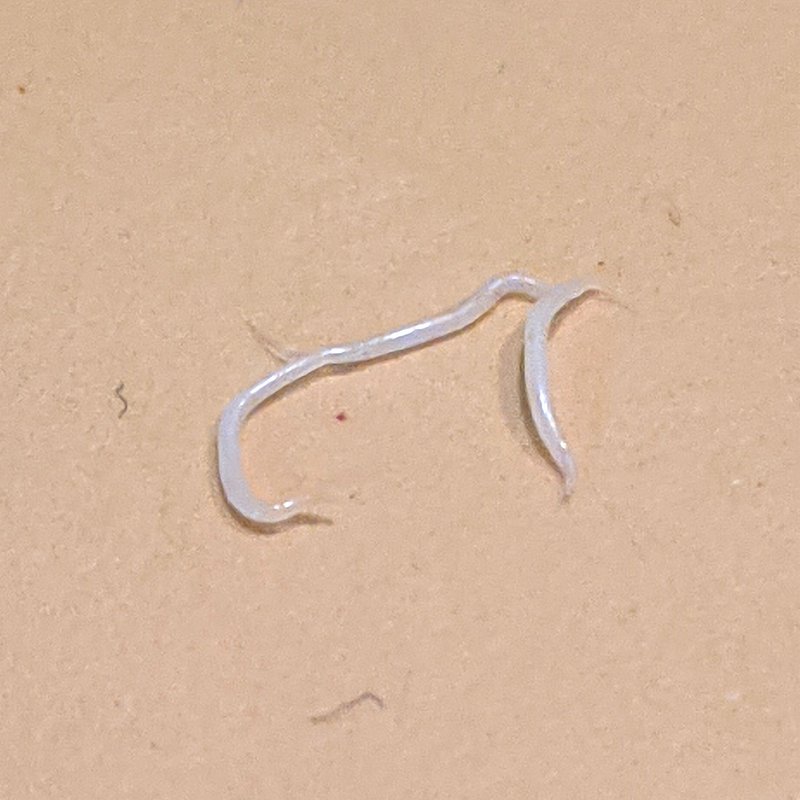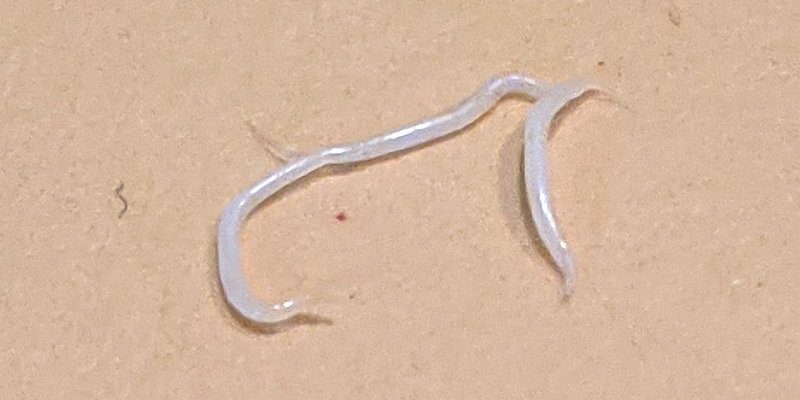
Let’s break down what a pinworm is, how it affects individuals, and why understanding it is so crucial for maintaining good health. If you’ve ever had concerns about pesky creatures in your gut or wondered how they get there, you’re in the right place. Grab a cup of coffee, and let’s dive into this topic together!
What Exactly Are Pinworms?
Pinworms, scientifically known as *Enterobius vermicularis*, are tiny white worms that can cause an infection known as enterobiasis. They’re about the size of a staple—roughly half an inch long. You might be wondering what makes these little guys so special (or unsettling). Well, they primarily target the intestines, particularly in children, where they lay their eggs.
You can think of them as unwanted house guests. They come in, make themselves comfortable, and then multiply without paying rent! In most cases, these worms don’t cause severe health issues, but they can lead to discomfort and sleepless nights, particularly due to the itching they cause around the anal area.
How Do You Get Pinworms?
Pinworms spread easily, especially in places where people are in close contact, like schools or daycare centers. They thrive in environments where hygiene may not be top-notch. Here’s the thing: a person can accidentally ingest pinworm eggs through contaminated hands, food, or surfaces.
Some common ways to get pinworms include:
- Direct contact: If someone with pinworms doesn’t wash their hands after using the restroom, they can transfer the eggs to surfaces.
- Contaminated items: Sharing towels, bedding, or clothing can also spread these tiny pests.
- Ingesting eggs: Eggs can survive outside the human body for weeks, so touching contaminated surfaces and then your mouth can lead to infection.
So, if you’ve noticed someone in your family scratching and suspect pinworms, it’s important to act quickly to avoid spreading them further.
Symptoms of Pinworm Infection
You might be sitting there, wondering, “How do I know if I or my child has pinworms?” The symptoms can range from mild to quite irritating. The most common sign is intense itching around the anus, especially at night when the female pinworms come out to lay their eggs.
Other potential symptoms include:
- Restlessness: Itching can keep both kids and adults up, leading to sleepless nights.
- Skin irritation: Frequent scratching can cause redness and even infections in the area.
- Abdominal discomfort: Some people might experience general tummy aches or nausea.
If any of these symptoms sound familiar, it might be worth checking in with a healthcare provider for a proper diagnosis.
Pinworm Diagnosis
Diagnosing pinworms is usually straightforward, and it’s a relief to know that it can be done right at home! Here’s a simple method:
1. Tape Test: Before your child wakes up, press a piece of clear tape against the anal area to capture any pinworm eggs.
2. Consult a Doctor: Take the tape to your healthcare provider for examination under a microscope.
This test is effective because pinworms are most active at night. Once you confirm that pinworms are the culprits, you can explore treatment options.
Treating Pinworm Infections
Treating pinworms typically involves over-the-counter medications, like mebendazole or pyrantel pamoate. These medications are effective at killing the worms and are usually taken in two doses—one dose, followed by another two weeks later to ensure any new worms are eliminated.
However, here’s the thing—medication alone isn’t enough. You’ll need to implement some hygiene measures to prevent reinfection:
- Washing hands: Regularly wash your hands, especially before eating and after using the restroom.
- Changing bedding: Wash all bedding, pajamas, and towels in hot water to kill any lingering eggs.
- Daily baths: Encourage your child to take daily baths to minimize itching and remove any eggs.
By taking these steps, you can help ensure that the pinworm problem doesn’t return.
Preventing Pinworm Infections
Since prevention is always better than cure, it’s important to know how to keep those little critters at bay. Here are some practical tips you can incorporate into your daily routine:
- Good hygiene: Make it a habit to wash hands after using the bathroom and before meals.
- Avoid nail-biting: Encourage kids not to bite their nails, as this can transfer eggs from fingers to mouths.
- Regular cleaning: Keep your living spaces clean. Vacuuming carpets and cleaning surfaces regularly can help remove any eggs.
Staying vigilant about hygiene can make a huge difference, especially in families with young children.
To wrap it all up, understanding what pinworms are and how they spread is crucial for keeping yourself and your loved ones healthy. While pinworm infections can be uncomfortable, knowing the signs, how to treat them, and ways to prevent future infections empowers you to tackle this issue head-on.
So, the next time you hear about pinworms, you’ll know they’re not just pesky little worms but a health concern that requires attention, especially in young children. Armed with this knowledge, you can confidently manage any pinworm-related worries that come your way. Keep those pesky critters at bay, and take care!

